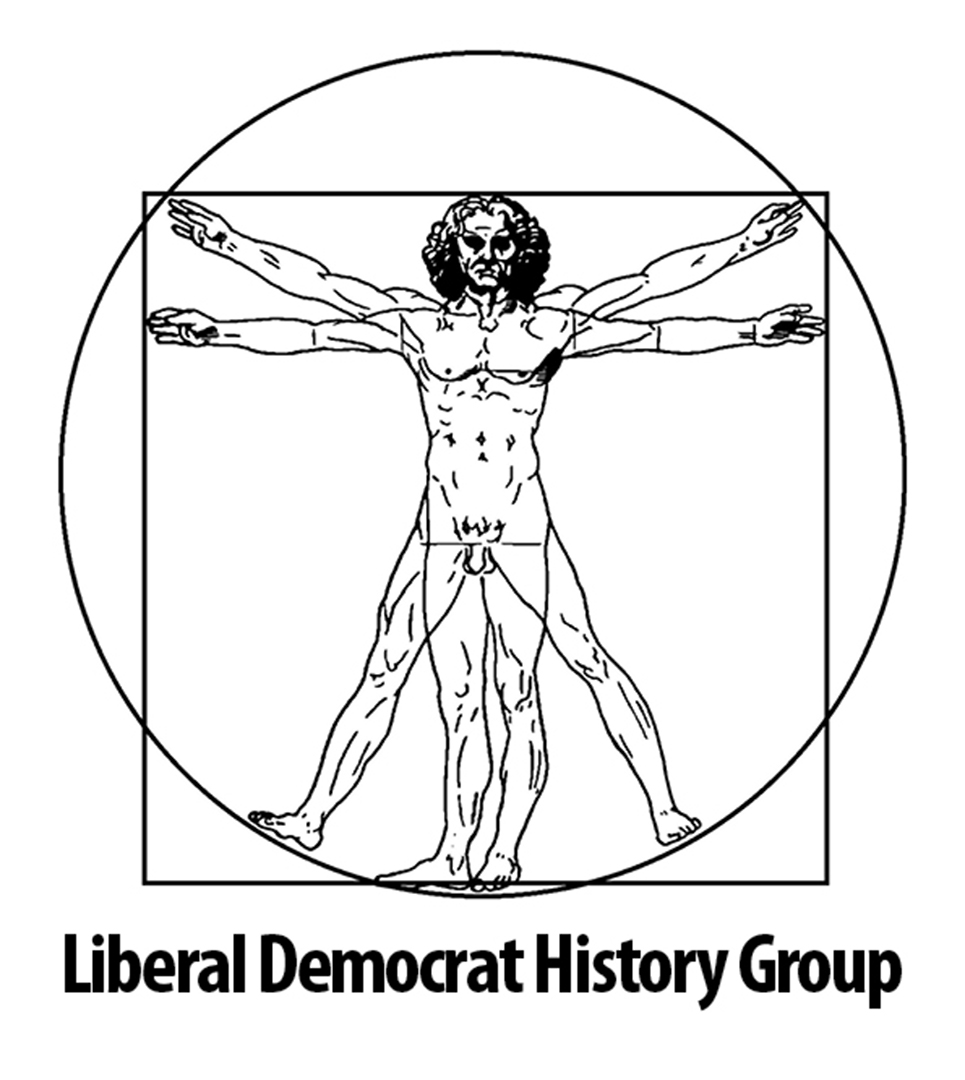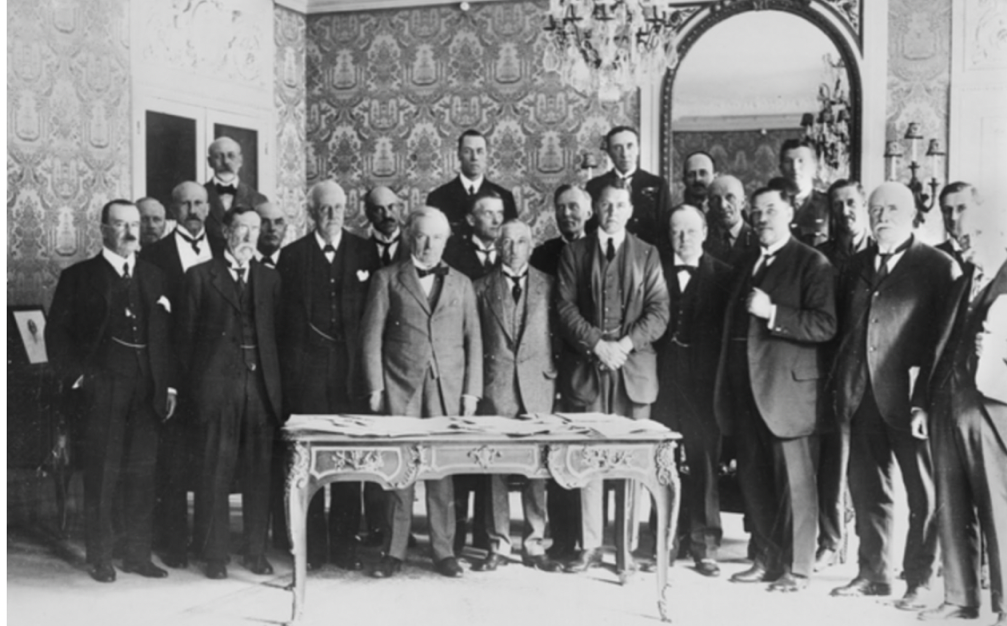1886-1895
-
British Liberalism and Irish Nationalism
Review of Eugenio Biagini, British Democracy and Irish Nationalism, 1876-1906 (Cambridge University Press, 2007).
-
The Liberal Party and womens suffrage, 1866-1918
Analysis of the relationship between the Liberal Party and the campaigns for womens suffrage.
-
David and Maggie
Diaries and correspondence files are used to examine the courtship between David Lloyd George and Margaret Owen between 1884 and their marriage in 1888.
-
Report: Fighting Labour – the struggle for radical supremacy in Scotland 1885-1929
Report of the Liberal Democrat History Group meeting at the Scottish Liberal Democrat Conference, 13 March 2009, with Professor Richard Finlay, Dr Catriona Macdonald and Jim Wallace. Chair: Robert Brown MSP.
-
Land and nation in England
Review of Paul Readman, Patriotism, National Identity, and the Politics of Land, 1880-1914 (Royal Historical Society, 2008).
-
Edwardian Liberalism
Review of H. V. Emy, Liberals, Radicals and Social Politics, 1892-1914 (Cambridge University Press, 1973; reprinted 2008).
-
A distinction without a difference?
An analysis of how the Liberal Unionists maintained a distinctive identity from their Conservative allies, until coalition in 1895.
-
Secular intellectuals
Review of William C. Lubenow, Liberal Intellectuals and Public Culture in Modern Britain, 1815-1914: Making Words Flesh (Boydell Press, 2010).
-
Fighting Labour: the struggle for radical supremacy in Scotland 1885-1929
The Liberal Democrat History Group is holding its first meeting in Scotland as part of the fringe at the Scottish Liberal Democrats’ spring conference. The meeting will look back at the Liberal Party’s contribution to radical, progressive politics in Scotland and its struggle with Labour in the late 19th and early 20th centuries, culminating in…

